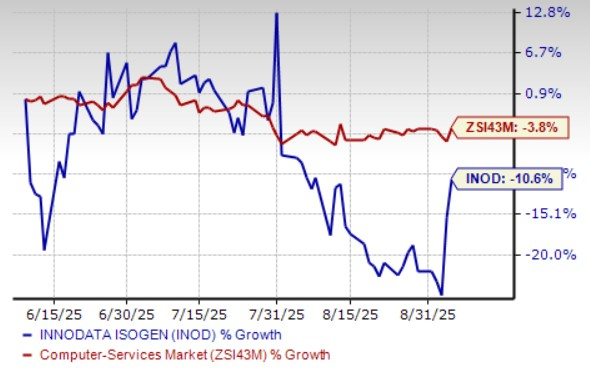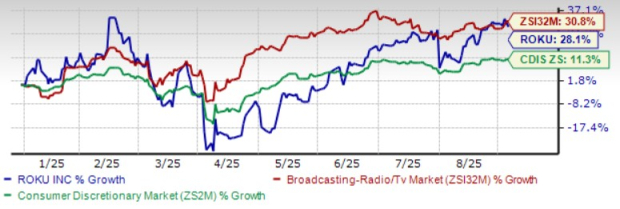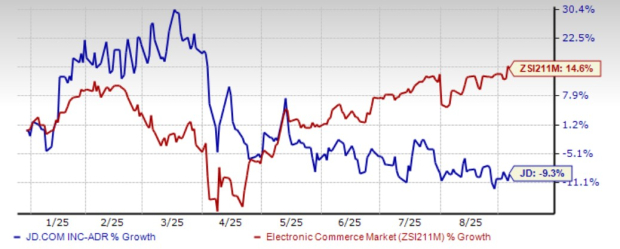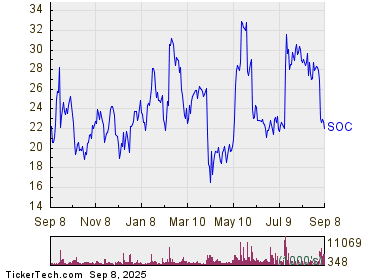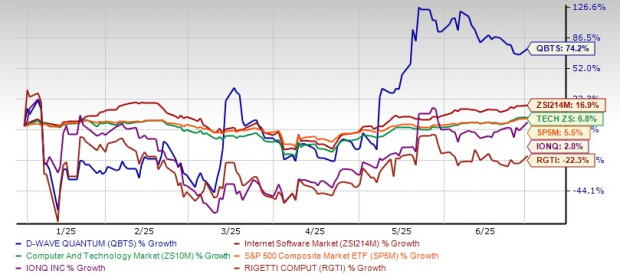Wall Street Analysts Predict S&P 500 Growth Despite Uncertainty
The S&P 500 (SNPINDEX: ^GSPC) surged after Donald Trump’s presidential election victory in November, leading many analysts to project bullish expectations for the U.S. Stock market. They anticipated that tax cuts and deregulation would enhance economic growth. However, this optimism has waned, with the S&P 500 now 8% lower than its record high and nearly 3% below its election day close.
Where to invest $1,000 right now? Our analyst team just revealed what they believe are the 10 best stocks to buy right now. Learn More »
As the year progresses, numerous analysts have adjusted their year-end targets for the S&P 500 downward. Nonetheless, a majority still foresee positive returns from the benchmark index by 2025. Here are the key insights.
Optimism Remains Among Wall Street Analysts for 2025
A recent chart outlines year-end S&P 500 target prices from analysts at 17 Wall Street investment banks and research institutions. The chart also reflects the implied upside and downside from the current level of 5,633. While not exhaustive, it hints at many analysts’ belief in a market rebound before the year concludes.
|
Wall Street Firm |
S&P 500 Target |
Implied Upside (Downside) |
|---|---|---|
|
Oppenheimer |
7,100 |
26% |
|
Wells Fargo |
7,007 |
24% |
|
Deutsche Bank |
7,000 |
24% |
|
Evercore |
6,800 |
21% |
|
BMO Capital |
6,700 |
19% |
|
HSBC |
6,700 |
19% |
|
Bank of America |
6,666 |
18% |
|
Fundstrat |
6,600 |
17% |
|
Citigroup |
6,500 |
15% |
|
JPMorgan |
6,500 |
15% |
|
Morgan Stanley |
6,500 |
15% |
|
UBS |
6,400 |
14% |
|
RBC Capital |
6,200 |
10% |
|
Yardeni Research |
6,100 |
8% |
|
Barclays |
5,900 |
5% |
|
Goldman Sachs |
5,700 |
1% |
|
Stifel |
5,500 |
(2%) |
| Median | 6,500 | 15% |
Data source: Yahoo! Finance.
The median forecast predicts the S&P 500 will reach 6,500 by year-end, suggesting a potential upside of 15% from its current level. This forecast also reflects more than 10% upside from the beginning of the year, when the S&P 500 started at 5,882.
It’s crucial to note that the median estimate incorporates recent downward revisions by analysts from UBS, RBC Capital, Yardeni Research, Barclays, and Goldman Sachs. These firms have all adjusted their year-end targets lower due to growing concerns about the U.S. economy, impacted by Trump’s tariffs.
Goldman Sachs, for instance, has made two downward adjustments within the last month. Earlier, they projected the S&P 500 would hit 6,500, but they revised it down to 6,200 and again to 5,700, citing underwhelming economic growth.
The firm’s economist, Jan Hatzius, has also increased the likelihood of a recession, now estimating a 35% probability, up from 20%. This follows an earlier increase from 15%. Hatzius believes Trump’s tariffs will elevate the average tax on U.S. imports significantly, reaching the highest level in nearly a century.
The market’s sentiment has turned cautious as analysts grapple with the implications of Trump’s trade strategies on economic growth. The downward revisions of 2025 targets for the S&P 500 reflect this uncertainty, and further revisions may occur soon.

Image source: Getty Images.
Market Sentiment: A Cautious Approach Recommended
Uncertainties loom large in President Trump’s second term. BlackRock CEO Larry Fink expressed in a recent shareholder letter that client anxieties about the economy are at unprecedented levels.
The uncertainty largely stems from tariffs. As reported by Bloomberg, in a matter of three days, Trump imposed 25% tariffs on various goods from Canada and Mexico, delayed enforcement for compliant goods, and threatened additional tariffs targeting Canadian lumber and dairy.
This indecisiveness on trade policy complicates financial planning for business leaders and consumers alike. They face difficult choices — should they stockpile inventory or limit purchases? Is it wise to buy a new car now or wait? Without clarity on U.S. trade policy’s future, even expert predictions fall short.
Some analysts suggest that uncertainty may have reached its peak with clearer outlines of Trump’s tariff plans. However, others, along with this author, believe that introducing reciprocal tariffs complicates preparations for trade partners.
Analysts Adjust S&P 500 Forecasts Amid Uncertain Trade Policies
Recent trade discussions, particularly those involving President Trump, have resulted in a wave of uncertainty in the financial markets. Mike Wilson from Morgan Stanley conveyed to Bloomberg the importance of proactive engagement in negotiations:
That’s how you get people to engage in your discussion. You come out with a big splash. They have to come to the table and negotiations begin. We’re not even at the table yet.
In light of these developments, many analysts have revised their S&P 500 targets for 2025, reflecting growing concerns about the U.S. economy’s trajectory. Despite a historical pattern where downturns have presented buying opportunities, caution is warranted in today’s climate. Investors are advised to focus on high-conviction stocks and to enhance their cash positions.
Is Now a Good Time to Invest $1,000 in the S&P 500 Index?
Before committing funds to the S&P 500 Index, consider this information:
The Motley Fool Stock Advisor team has identified what they believe to be the 10 best stocks for investors right now, and notably, the S&P 500 Index is not included. The selected stocks are poised for significant potential returns in the coming years.
For example, consider Nvidia, which made the list on April 15, 2005. If you had invested $1,000 at that time, your investment could have grown to $675,119!*
Stock Advisor offers a straightforward approach for investors, complete with portfolio-building strategies, regular updates from analysts, and two new Stock picks every month. Since its inception, Stock Advisor has outperformed the S&P 500 by more than fourfold since 2002.* To access the latest top 10 list, join Stock Advisor.
See the 10 stocks »
*Returns reflect the performance of Stock Advisor as of April 1, 2025.
Trevor Jennewine has no holdings in any of the stocks mentioned. The Motley Fool holds positions in and recommends Goldman Sachs Group and Barclays Plc. The Motley Fool has a disclosure policy.
The views and opinions expressed herein are those of the author and do not necessarily reflect the views of Nasdaq, Inc.



